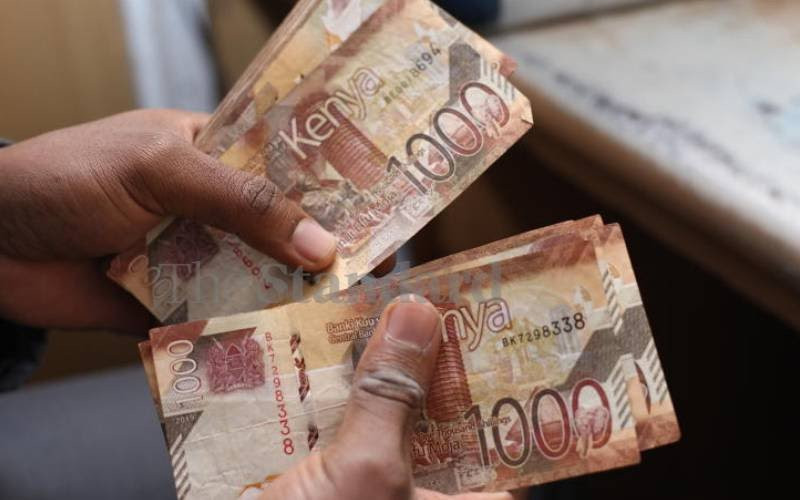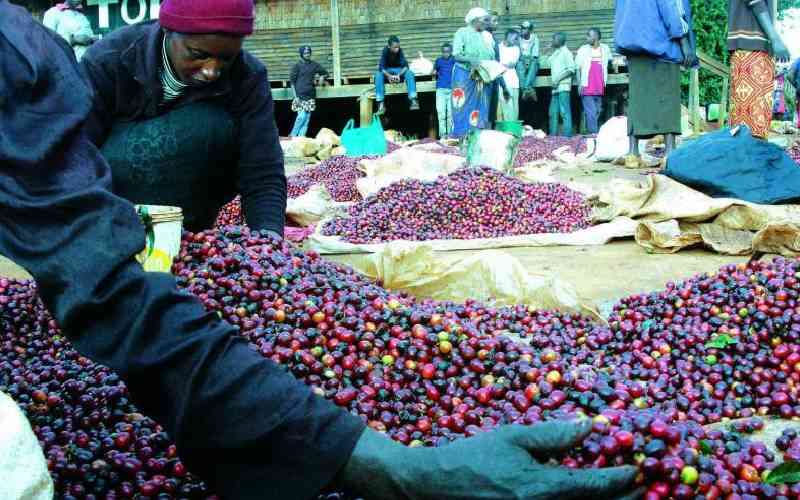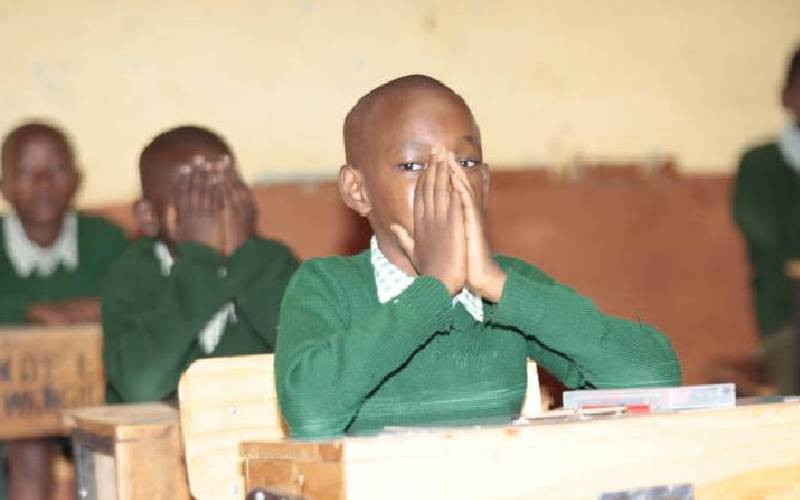Growth in gross domestic product (GDP), the value of goods and services produced in a country, is one of the most closely watched economic indicators.
It is popular with both private and public sector. In the private sector, growth means more jobs and profit.
In the public sector, it’s often politicised with politicians taking credit for any growth. They have no shortage of blame if the economy slumps.
In Kenya, we are already debating how the GDP is growing, going by official statistics, but the majority are not feeling it. How can there be economic growth yet citizens are losing jobs and some firms are closing down?
We can easily blame technology, which replaces workers with gadgets. We need fewer cashiers with ATMs.
We need fewer messengers with SMS. We need fewer farmers with tractors.
The list can go on. It could also be a matter of inequality, with growth being felt among the affluent than the poor.
The rich, owners of the factors of production, can decide how much to trickle down to the lower levels of the economy through wages and salaries.
Labour happens to be the most flexible and dispensable factor of production.
You can’t throw away a Sh100 million machine or return it to the seller but you can lay off people through a memo and save millions.
The GDP has been criticised for not including lots of economic activities like child-rearing and the underground economy.
Alternatives like human development index and even happiness index have been proposed.
But GDP has stood the test of time. In Kenya, we can replace GDP growth by the number of parties and celebrations which increase when the economy is doing badly.
Perhaps a way for citizens to cheer themselves up.
Stay informed. Subscribe to our newsletter
We propose an alternative measure of GDP growth - the growth in the number of golfers in the country, or golfers’ growth.
The more golfers, the better the economy should be doing. We assume the new golfers are former hustlers whose fortunes have changed because of economic growth.
The use of golfers as an economic indicator is premised on the fact that even darts and snooker players aspire to play golf one day.
It’s the end game on the affluence journey. There are other games cooler than golf like polo or archery but they have too few players.
We can’t dispute the possibility of a few hustlers playing golf either to show off or to intimidate their neighbours.
We got data from Kenya Golf Union (KGU) and plotted GDP growth rate against growth in the number of golfers (GG) in the country.
Lady golfers
The results are fascinating even though for a short period. The two seem to move together. The number of men golfers registered with KGU reached around 5843 in 2019.
I don’t have the number of lady golfers yet.
There has been a steady increase in the number of golfers since 2007.
The average growth in the number of golfers is 5.38 per cent from 2008 to 2019, not far from GDP’s 5.16 for the same period. Paradoxically, the number of golfers increased by 35 per cent after post-election violence.
The numbers reduced in 2009 and 2018. Generally, golfing seems to track economic growth very faithfully.
Does this confirm that the affluent drive the economy and feel its effects more?
It seems so. This could explain why ordinary Kenyans do not feel the economic growth rate; it does not track their economic activities.
But why was there a drop in the number of golfers in 2018 when the economy was doing very well?
Does this corroborate the suspicion that economic data has been ‘cooked’?
We must, however, be careful with this data. Who joins golf clubs?
Some join with a lag; long after they become affluent.
Some are ‘forced’ by their employers who pay for their membership. If we opened up the golf membership categories, we could get better insights into how golfing tracks economic growth.
And what happened to the wave of golf resorts that mesmerised the country a few years ago - Migaa, Longonot Gate, Thika Greens, Aberdares Hills and others?
More than 56 years after independence, golf courses still define the ‘coolness’ of your town.
The more golf courses, the cooler and more affluent the town is. That is why there is no golf course in Shamakhokho but there is one in Rea Vipingo.
The flip side of this analysis is that the golf industry is disproportionally affected by economic cycles, more like in developed countries.
This is confirmed by a correlation coefficient of minus 0.58 between growth in the number of golfers and GDP.
Finally - and I am just informing you, not showing off - I play off handicap 10. You are free to test that handicap in any course in the Commonwealth.
- The writer is an associate professor at the University of Nairobi
 The Standard Group Plc is a
multi-media organization with investments in media platforms spanning newspaper
print operations, television, radio broadcasting, digital and online services. The
Standard Group is recognized as a leading multi-media house in Kenya with a key
influence in matters of national and international interest.
The Standard Group Plc is a
multi-media organization with investments in media platforms spanning newspaper
print operations, television, radio broadcasting, digital and online services. The
Standard Group is recognized as a leading multi-media house in Kenya with a key
influence in matters of national and international interest.
 The Standard Group Plc is a
multi-media organization with investments in media platforms spanning newspaper
print operations, television, radio broadcasting, digital and online services. The
Standard Group is recognized as a leading multi-media house in Kenya with a key
influence in matters of national and international interest.
The Standard Group Plc is a
multi-media organization with investments in media platforms spanning newspaper
print operations, television, radio broadcasting, digital and online services. The
Standard Group is recognized as a leading multi-media house in Kenya with a key
influence in matters of national and international interest.










